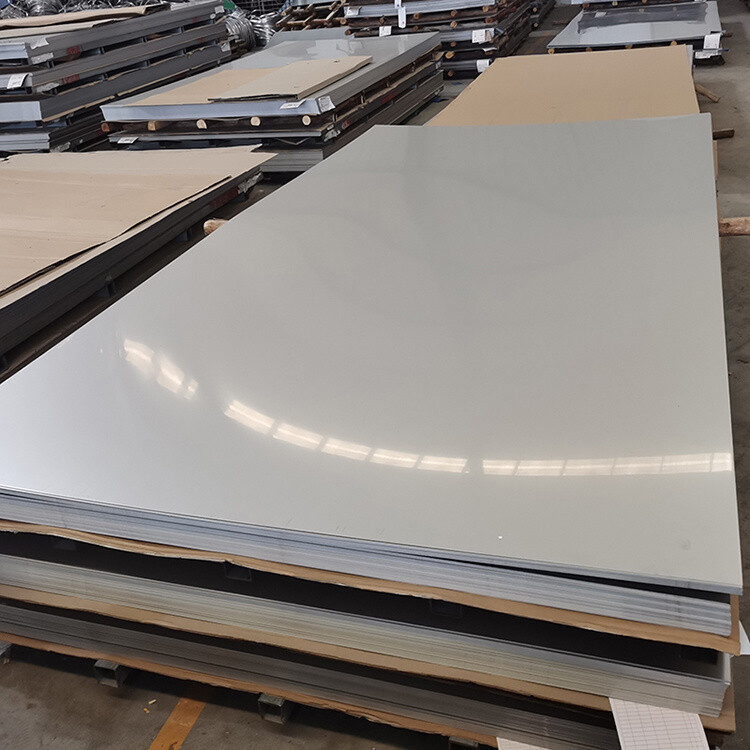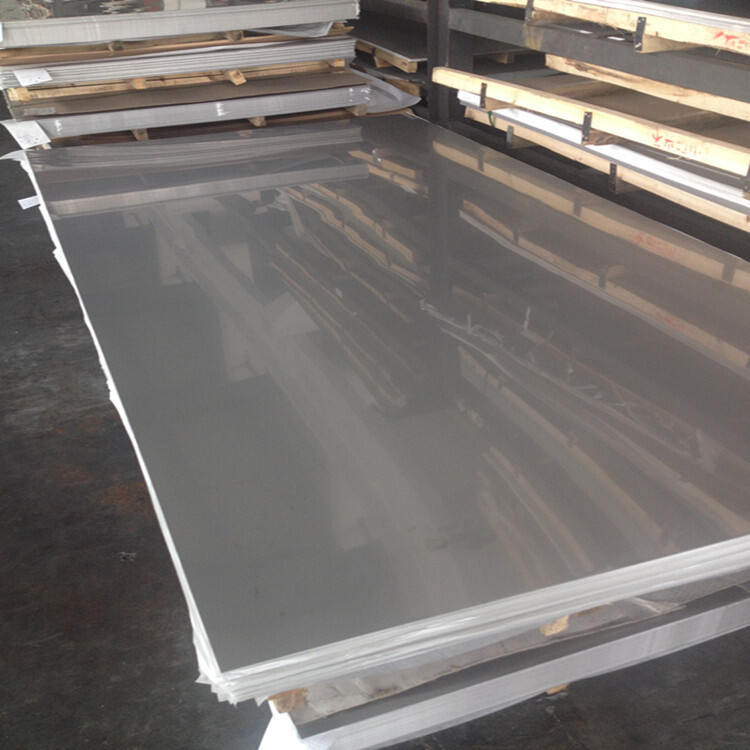Functional Needs:
Enhance corrosion resistance, wear resistance, weldability, cleanliness, or optical properties.
Economic Considerations:
Balance cost and service life; adapt to different industrial environments (e.g., chemical, food, marine).

2. Mainstream Surface Treatment Techniques and Technical Insights
(1) Mechanical Surface Treatments
Sandblasting
- Principle: High-speed impact using quartz sand or glass beads to create a uniform rough surface
- Applications: Chemical equipment, ship structures
- Advantages: Improves coating adhesion
- Disadvantages: Risk of embedded impurities
Brushing (HL Finish)
- Principle: Creates linear grain using nylon wheels or abrasive belts
- Applications: Elevator interiors, appliance panels
- Advantages: Conceals scratches
- Disadvantages: Reduces corrosion resistance
Polishing
- Principle: Progressive sanding or buffing with polishing compounds to achieve mirror finish (e.g., 8K)
- Applications: Food machinery, medical equipment
- Advantages: Easy to clean
- Disadvantages: High cost
(2) Chemical Treatments
Pickling & Passivation
- Principle: Removes oxide layer using nitric and hydrofluoric acid, forming a chromium-rich passive film
- Applications: Nuclear pipelines, post-weld treatments
- Advantages: Increases corrosion resistance by up to 10x
- Disadvantages: Requires wastewater treatment
Electropolishing
- Principle: Electrochemical dissolution smooths out surface peaks for ultra-clean finishes
- Applications: Semiconductor equipment, high-purity piping
- Advantages: Surface roughness Ra ≤ 0.1 μm
- Disadvantages: High power consumption
(3) Coating Technologies
PVDF Coating
- Principle: Spray-coating polyvinylidene fluoride for UV resistance
- Applications: Building facades, outdoor structures
- Advantages: Up to 20 years UV aging resistance
- Disadvantages: Limited color range
PVD Coating (Titanium Plating)
- Principle: Vacuum ion plating of titanium or titanium nitride
- Applications: Cutting tools, precision molds
- Advantages: Hardness up to HV2000
- Disadvantages: Expensive equipment
Anti-Fingerprint Coating (AF Coating)
- Principle: Nano-level oleophobic and hydrophobic film
- Applications: Medical devices, electronic control panels
- Advantages: Easy to clean
- Disadvantages: Poor heat resistance
(4) Special Treatments
Laser Texturing
- Principle: Micro-pit arrays created by precision laser engraving
- Applications: Automotive stamping dies, battery foils
- Advantages: Highly controlled texture
- Disadvantages: Low processing speed
Composite Treatments (e.g., Sandblasting + Passivation)
- Principle: Combined processes for synergistic benefits
- Applications: Seawater desalination systems
- Advantages: Optimized overall performance
- Disadvantages: Complex workflow
3. Application Case Comparisons in Industry
Food Industry: Electropolishing (FDA-compliant) > Sandblasting (bacteria retention risk)
Chemical Storage Tanks: Pickling + PVDF Coating > Basic sandblasting
Offshore Platforms: Thermal spray aluminum-zinc + sealing coating > Single-passivation treatment
4. Key Process Control Parameters
(1)Surface Roughness (Ra):
Sandblasting: Ra 1.6–6.3 μm (affects coating adhesion)
Electropolishing: Ra 0.05–0.2 μm (reduces fluid resistance)
(2)Passivation Film Thickness:
0.5–5 nm (measured via X-ray photoelectron spectroscopy)
(3)Coating Adhesion:
Cross-hatch test according to ISO 2409
5. Emerging Technology Trends
(1)Green Processes:
Chromium-free passivation (e.g., molybdate/silane treatment)
Dry sandblasting (dust-reduction)
(2)Smart Manufacturing:
Laser inspection for real-time surface defect detection
Robotic adaptive polishing systems
6. Selection Guidelines
Corrosive Environments: Prioritize chemical passivation or coatings
High-Friction Applications: Opt for hardening treatments (e.g., PVD titanium)
Hygienic Requirements: Must use electropolishing or mirror finishing
7. Common Questions
Q: How to choose between pickling and electropolishing?
A: Pickling is suitable for large-scale, cost-sensitive projects; electropolishing is ideal for high-precision, high-cleanliness applications.
Q: Why is post-treatment needed after sandblasting?
A: Sandblasting may introduce iron contamination, which must be removed by pickling—especially important for 316L stainless steel.

8. Conclusion
By selecting the appropriate surface treatment, the service life of industrial stainless steel plates can be extended by 3 to 10 times. The final choice should be based on a holistic evaluation of corrosion medium (e.g., Cl⁻ concentration), mechanical load, and budget constraints.
E-Mail: sale@bolaibao1.com
Feel free to call or email us—we’re here to provide fast, professional, and flexible one-stop services tailored to your needs.
Get real-time quotes
Interested? Leave your contact details.
